What is the Goldilocks Effect and how to apply it in your business?

The Goldilocks principle: This terminology comes from the children’s story called “The Three Bears”, in which a young girl named Goldilocks tastes three different bowls of porridge.
The story goes something like this…
On the wooden kitchen table, there were 3 bowls of porridge for Goldilocks. She was rather peckish. She tasted the porridge from the first bowl.
“This porridge is just too hot!” she howled.
Next, she tasted the porridge from the second bowl.
“This porridge is just too cold,” she shivered.
So, she tasted the last bowl of porridge.
“Yum, this porridge is just right,” she said with a cheeky grin as she winked and ate it all up.
So, how does this relate to you or the world of business? Read on to learn about the Goldilocks effect and how you can use it in your business to your advantage.
What is the Goldilocks Effect?
The Goldilocks Effect or the Goldilocks Principle is the premise that people are inclined to seek ‘just the right’ amount of something. In the context of pricing, businesses capitalize on the effect by offering three versions of a product at different price points:
- One high-end
- One middle
- And one low-end
You may not have heard of the Goldilocks effect before, but the chances are that your buying decisions have been sculpted by it multiple times. This is a staple technique within marketing. It simply involves presenting the users with multiple choices, with the intention of priming them for the ideal middle option.
The Goldilocks Effect has a place in several fields and disciplines. It applies to elements of psychology, hard sciences, economics, marketing, and engineering. And each one of these has its own twist on how the principle is applied.
How does the Goldilocks effect apply to product pricing?
Goldilocks Pricing is one of the effect’s more prominent applications. It’s a psychological pricing strategy that rests on the concepts of
- Product differentiation
- Comparative pricing
- And bracketing
Product differentiation is exactly what it sounds like. It is the practice of distinguishing certain products from others. Businesses can only leverage the Goldilocks Effect if they can differentiate their own products from one another.
This then needs to be combined with something known as comparative pricing where businesses offer multiple versions of a product simultaneously of varying quality, attached to corresponding price points.
Let’s see some examples of the Goldilock Principle
1. Software products or services
Have you ever noticed while buying a software product or service, you’re often given the choice of bronze, silver, or gold packages? Here is an example:
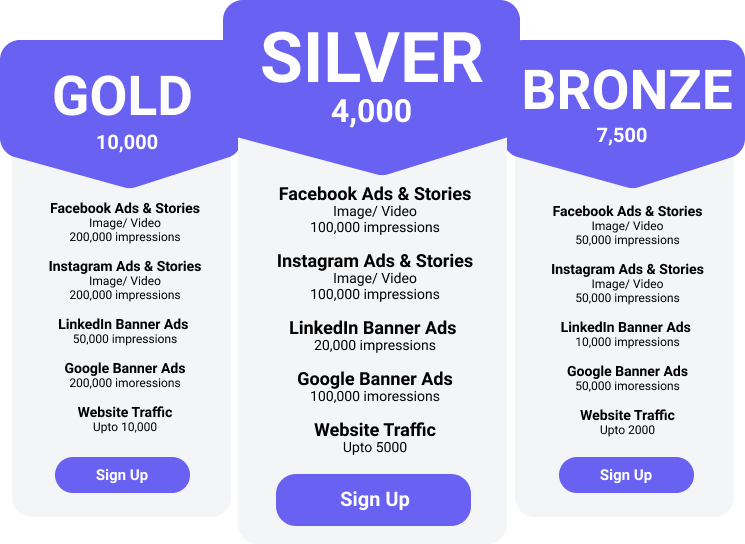
From this, you may assume that the company would prefer you to buy their full-priced premium gold package. But in reality, they are actually priming you for their silver package.
Let me explain how: A vast majority of users will go for the middle ‘silver’ type option. The reason is that it plays on a natural psychological impulse, namely, the desire to avoid extremes. In a typical person’s thought process,
- They see the ‘gold’ option as too expensive and excessive. A luxury that would be nice to have, but not necessary.
- In contrast, they perceive the bog-standard ‘bronze’ option as risky. The cheaper pricing and description suggests that the quality might not be too good.
This leads to what seems like a completely logical conclusion: The buyers go for the ‘silver’ as they perceive it to be
- Reasonably good quality
- Affordable
- And functional
So, they consider it a perfect choice.
2. Netflix
One of the more prominent examples of a company that has tailored its pricing strategy based on the Goldilocks Effect is Netflix. Here’s a look at its pricing model.

Here, Netflix is trying to make its standard option as appealing as possible. In this case, the benefits of the premium plan aren’t radically different or more practical than the standard plan, but it’s sold at a significantly higher price point. And the basic plan is lower quality than the standard plan, namely, in video resolution.
The history and importance of the Goldilock effect
The Goldilocks effect is nothing new and has been used in big marketing and sales campaigns for decades, sometimes with breath-taking results.
For example, in 1992 Panasonic decided to add a premium product to its line of microwave ovens, for the price of $199.99. The two existing microwaves in the line were priced at $179.99 and $109.99. The result: sales of the medium-priced $179.99 microwave dramatically increased, helping Panasonic increase its market share to 60%. So the lesson here is that the Goldilocks effect can pay huge dividends, even in the setting of expensive hi-tech consumer goods
The magic element of Goldilocks pricing is that it doesn’t just prime the user into buying into a particular option. It renders them more likely to make a purchase in the first place. This comes from another psychological quirk: our inherent need for choice.
Choice makes us feel empowered.
When given a few options, our natural impulse is to choose one of them, rather than to just walk away and not choose at all. There are many everyday examples of this. For example, if you are a parent, you may well go through the struggle of getting your child to eat fruits and vegetables. However, you may have noticed how your child is more likely to eat healthily when you frame it in terms of a choice: “do you want to eat a banana or an apple?” You are priming them to act within the bounds of the options you have given them.
And it is the same with that example of the bronze, silver, and gold packages. If there were only one product, your choice would be simply to buy or not to buy. But by presenting multiple options, your mind is now operating within those three choices. The option of not buying at all becomes side-lined, less immediate.
How can you leverage the Goldilocks effect in your business?
Leveraging the Goldilocks Effect is fairly straightforward, but it can only work for certain businesses, the ones that can offer tiered options for a single product or service
If successfully taking advantage of the effect is viable for your business, and you want to see if you can make it work for you, you need to follow the below steps:
- Decide and pin down an ideal price point for your product or service. And then pick a suite of features that you feel reflects that value.
- Add a premium version with a handful more features and slightly better functionality at a higher price.
- Add a slightly lower-priced option with fewer features.
- Enhance the Goldilocks principle by subtly making the middle option appear more prominent, making sure the user cannot miss it. This could be achieved by giving the middle option a different color, varying its font, or simply just making it appear bigger.
- Put your product or service on the market
Ideally, most prospects will gravitate towards the median, “just right” option that you’re pushing. And you also have the opportunity to reach other buyers with different budgets and priorities with your other two alternatives.
The key to the successful implementation of the Goldilocks effect is that you need to hit that perfect middle-ground with your pricing strategy and you can expect to see some amazing results.
Want to know the best ways to take your business into new markets??Permalink
Read: How to Expand into New Markets Efficiently?
Want to know how to gather competitive intelligence from the field?Permalink
Read: How to Gather Competitive Intelligence from the Field
Want to know what survey questions can you use to effectively capture your customers’ insights on various aspects of your brand and products?Permalink
Related Posts
Creating a Safe Learning Environment: AI’s Role in Sales Skill Development
In today's fast-paced sales environment, creating effective training programs that allow sales representatives to develop their skills in a supportive...
How can Trainers Use AI Sales Role plays to Train MRs Better Detailing and Closing Techniques
In general, companies investing in sales training are 57% more effective than those who don’t. Let’s break that down with...
How to Re-certify your Medical Device Reps Faster with AI Role-plays
When you have to re-certify your reps, what springs to your mind? Perhaps again endless product knowledge training, memorizing device...
Looking for a sales training software that takes your sales training to a whole new level?
Explore SmartWinnr’s Learning and Gamification features. Learn how to run fun and engaging sales training and sales coaching for your team through SmartWinnr.
Curious to learn more about it? Book a demo today!
 Two way AI Role Plays
Two way AI Role Plays Targeted Learning
Targeted Learning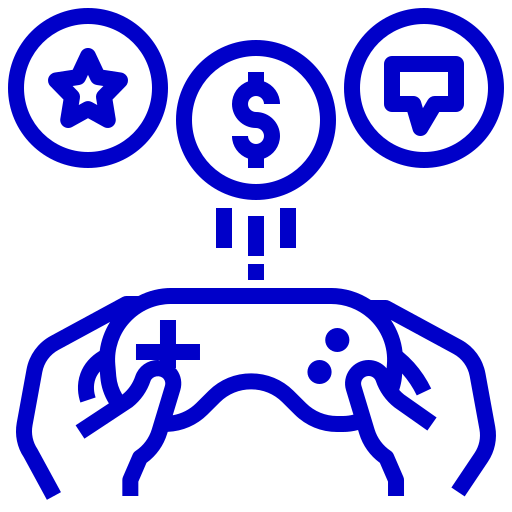 Gamification
Gamification Sales Coaching
Sales Coaching Sales Contest
Sales Contest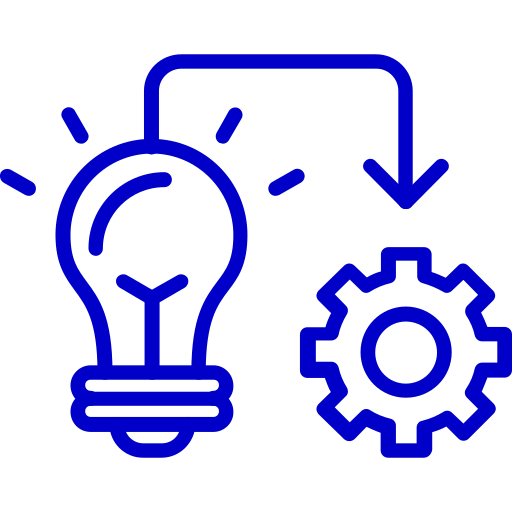 Implementation
Implementation Consulting
Consulting Enterprise Ready
Enterprise Ready Pharmaceuticals
Pharmaceuticals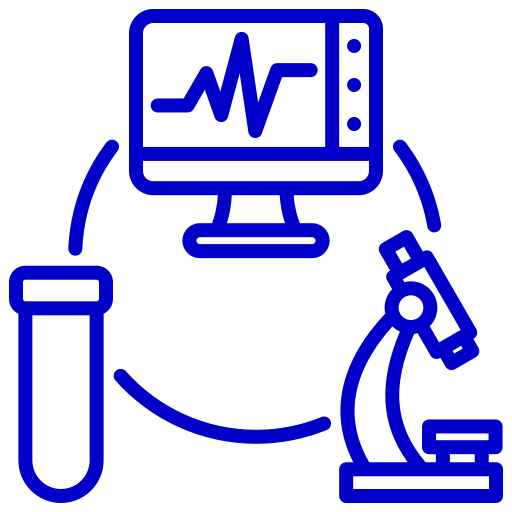 Medical Devices
Medical Devices Insurance
Insurance Banking
Banking Technology
Technology Senior Living
Senior Living Sales
Sales Call Centers
Call Centers Marketing
Marketing Improve Sales Productivity
Improve Sales Productivity New Hire Onboarding
New Hire Onboarding New Product Launch
New Product Launch Channel Partner Training
Channel Partner Training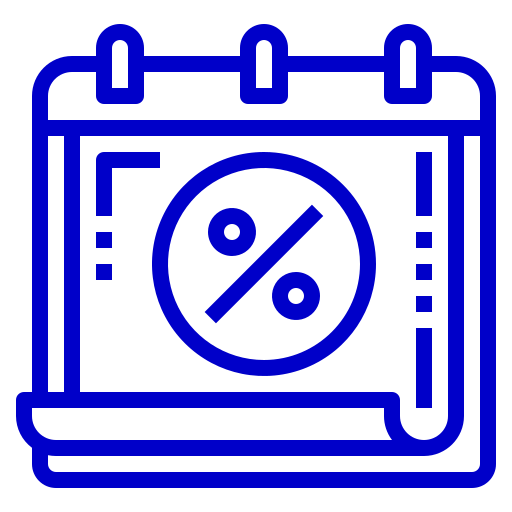 Sales Events
Sales Events Success Stories
Success Stories Whitepapers
Whitepapers Contest Template Designer Tool
Contest Template Designer Tool Sales Training
Sales Training Gamification
Gamification All Blogs
All Blogs